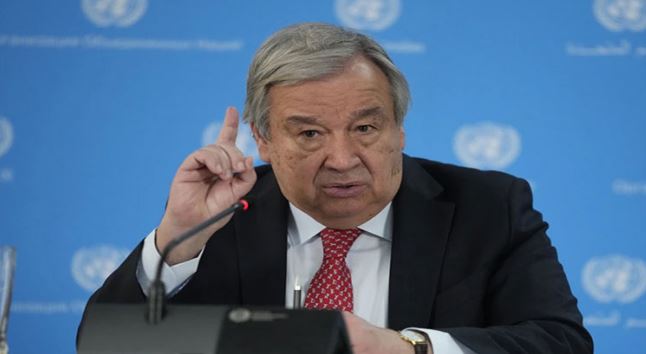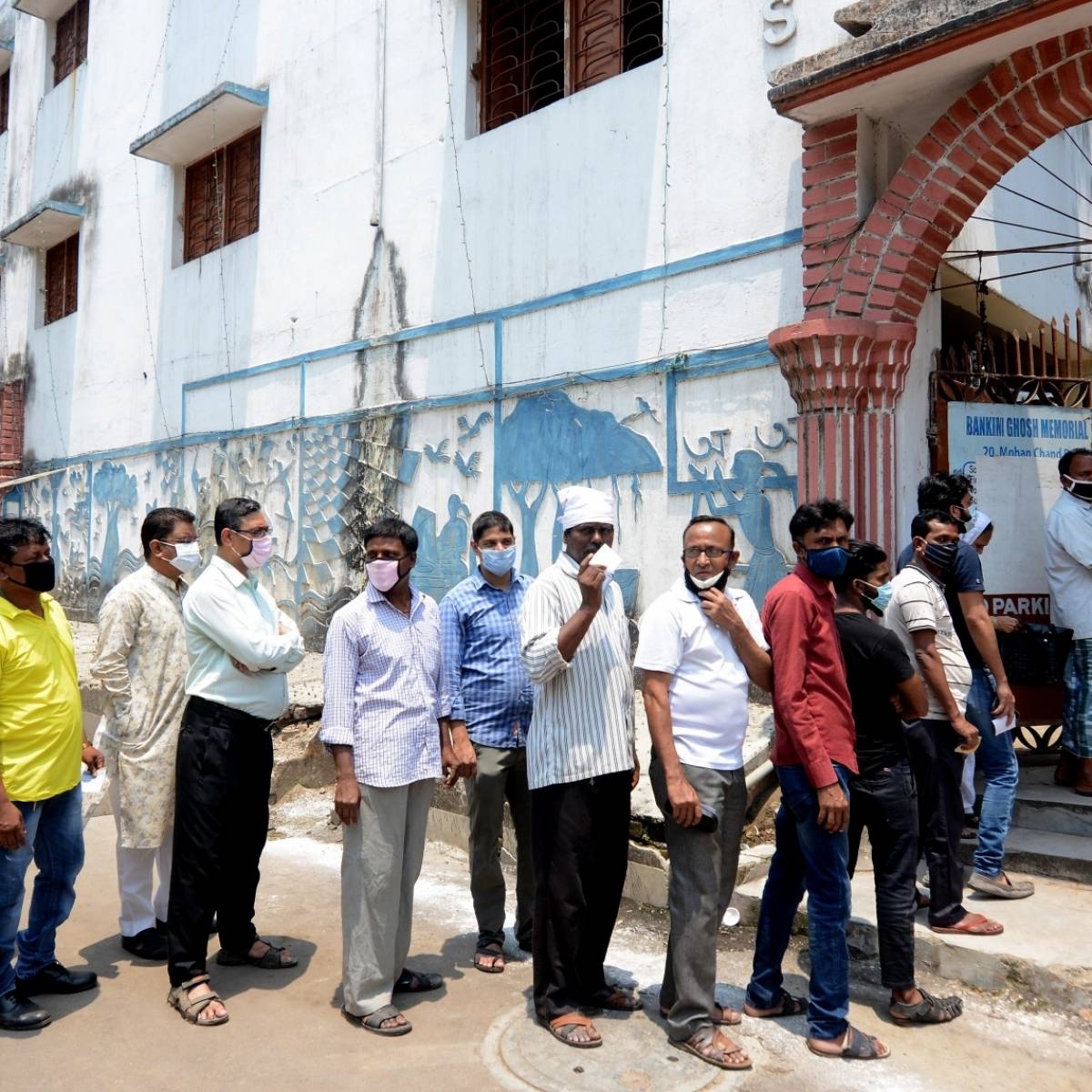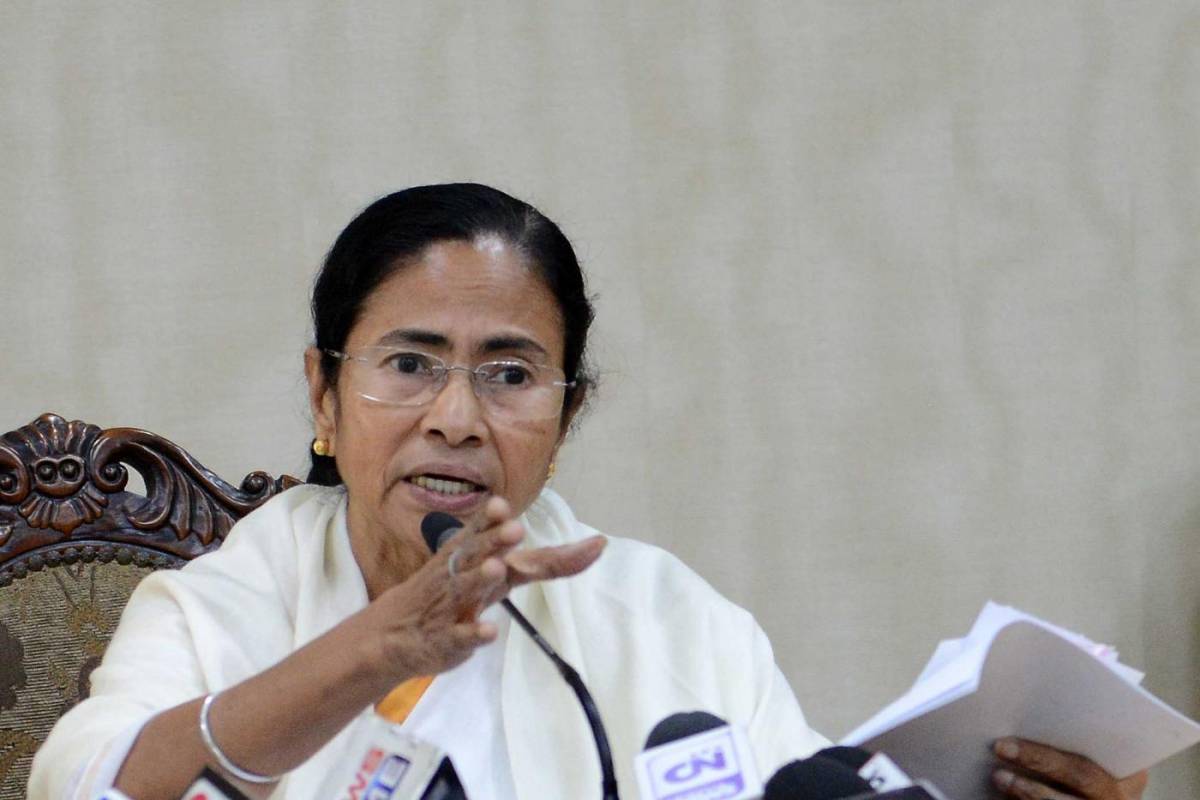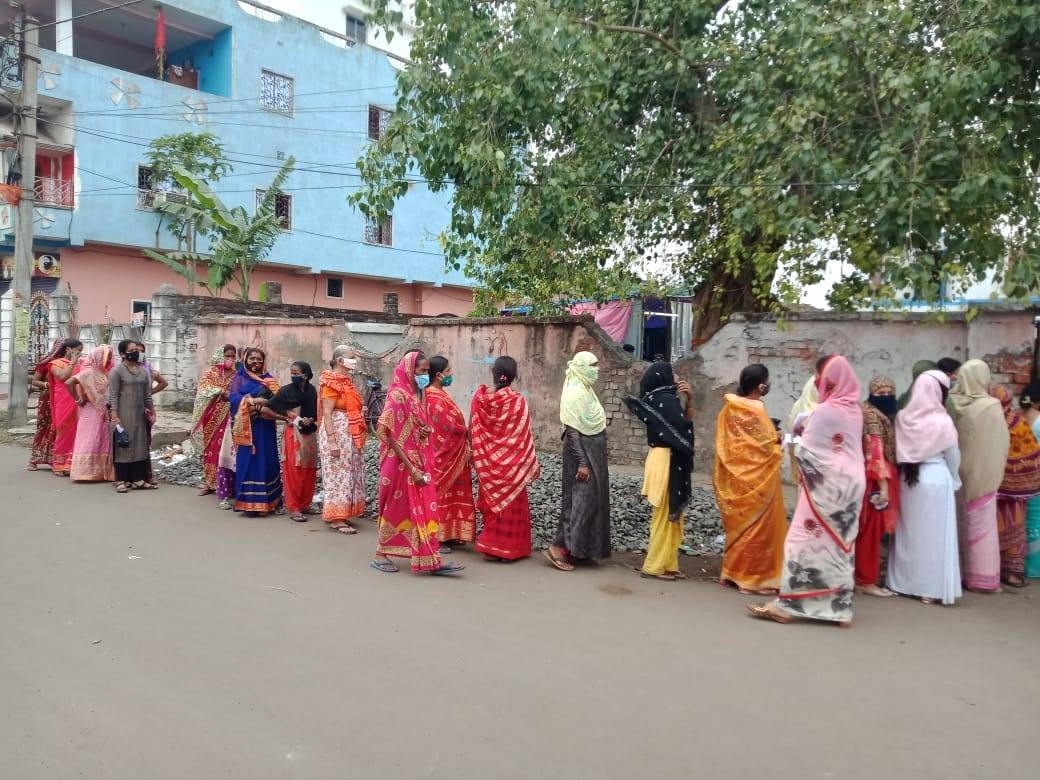
Reform IMF, WB with BRICS Involvement, UN Chief Bats for Global South
Guterres emphasised BRICS’ vital role for developing nations but warns against fracturing the global economy….reports Arul Louis The international financial and development




Recent Comments